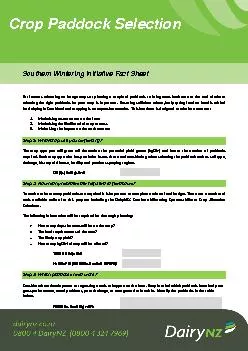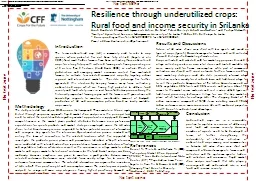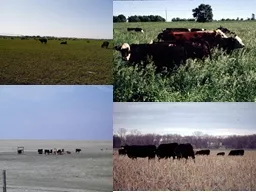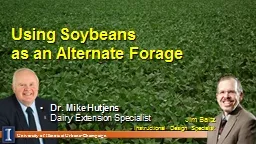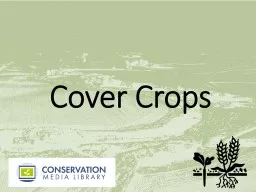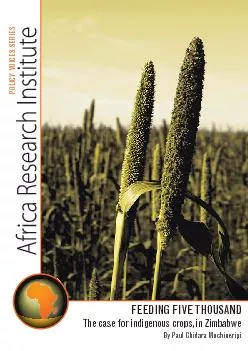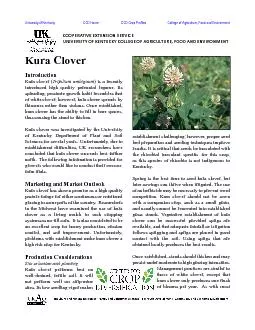PDF-For farmers wintering on forage crops or planting a couple of paddocks
Author : pasty-toler | Published Date : 2016-07-05
selecting t he right paddocks for your crop is important Ensuring sufficient winterearly spring feed on hand is critical ying in Southland and cropping is an expensive
Presentation Embed Code
Download Presentation
Download Presentation The PPT/PDF document "For farmers wintering on forage crops or..." is the property of its rightful owner. Permission is granted to download and print the materials on this website for personal, non-commercial use only, and to display it on your personal computer provided you do not modify the materials and that you retain all copyright notices contained in the materials. By downloading content from our website, you accept the terms of this agreement.
For farmers wintering on forage crops or planting a couple of paddocks: Transcript
Download Rules Of Document
"For farmers wintering on forage crops or planting a couple of paddocks"The content belongs to its owner. You may download and print it for personal use, without modification, and keep all copyright notices. By downloading, you agree to these terms.
Related Documents

